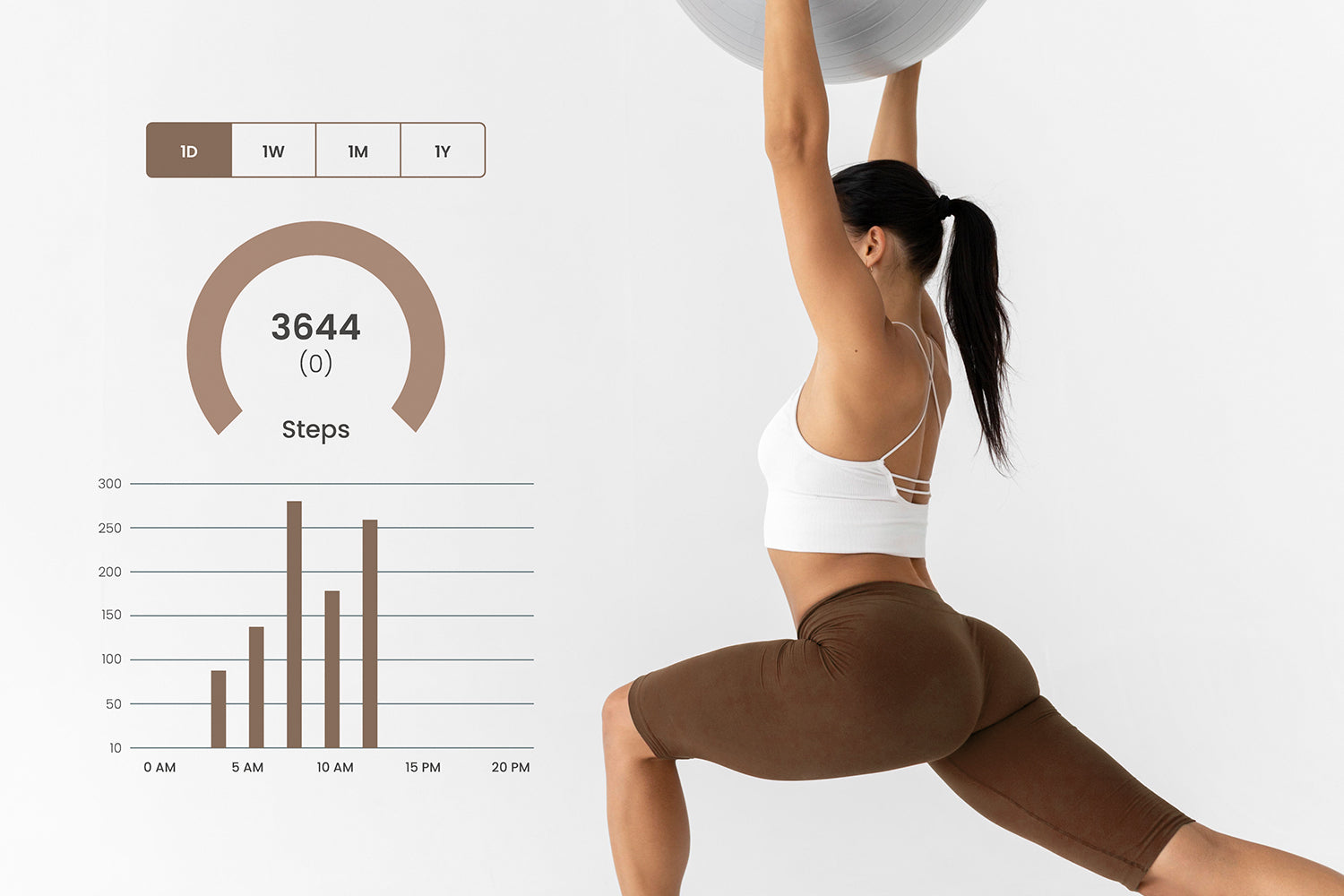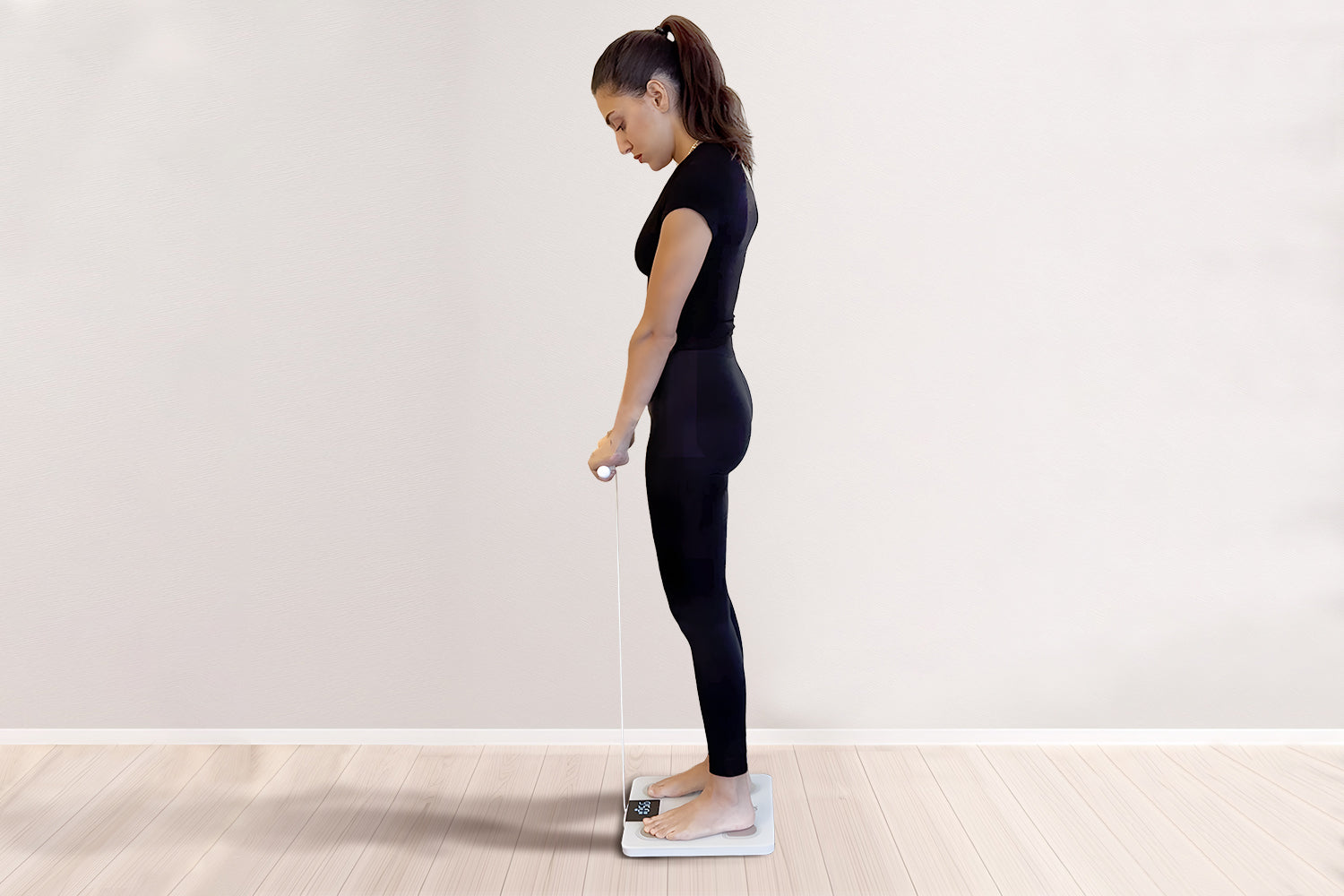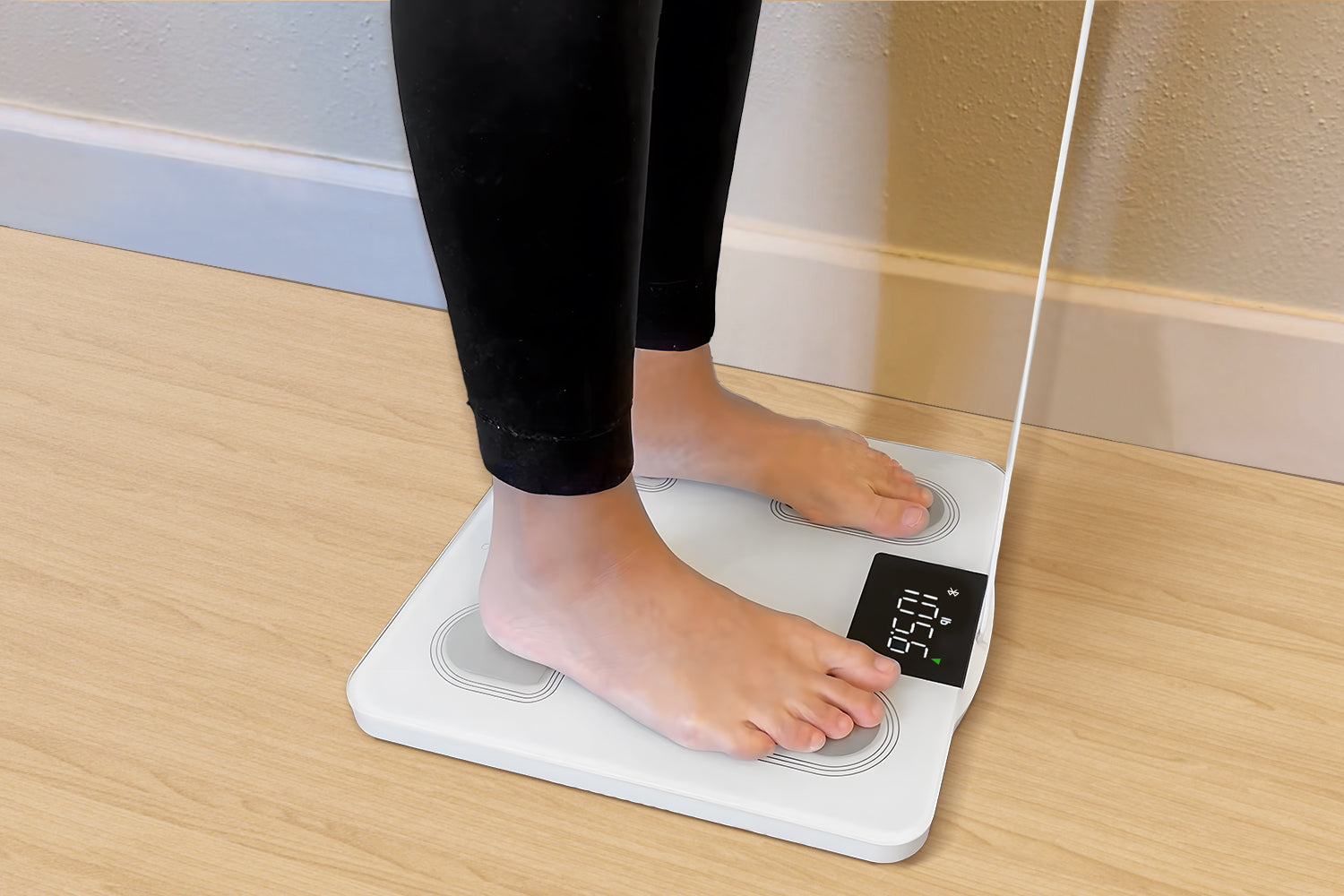In the world of fitness (fitness, health, wellness), generic advice is a dime a dozen. But what works for one person might not work for another. That's where body composition analysis (body composition analysis, body fat percentage, muscle mass) comes in. It's the key to understanding your unique makeup and crafting a truly personalized fitness plan (personalized fitness plan, fitness goals, workout plan).
What is Body Composition Analysis? (Body Composition Analysis, What is Body Composition)
Body composition analysis goes beyond just measuring your weight. It breaks down your body into different components, primarily:
- Body Fat Percentage (Body Fat Percentage, Body Fat Loss): The proportion of your body weight that is fat.
- Muscle Mass (Muscle Mass, Muscle Gain, Lean Muscle): The amount of muscle tissue you have.
- Bone Density (Bone Density, Bone Health, Strong Bones): The strength and density of your bones.
- Water Percentage (Body Water Percentage, Hydration, Water Weight): The amount of water in your body.
Knowing these metrics provides a much clearer picture of your health and fitness than simply stepping on a scale.
Why is it Important? (Importance of Body Composition, Fitness Tracking, Health Metrics)
Understanding your body composition allows you to:
- Set Realistic Goals (Realistic Fitness Goals, Weight Loss Goals, Muscle Building Goals): Instead of focusing solely on weight loss (weight loss, weight management), you can set goals for fat loss (fat loss, body fat reduction), muscle gain (muscle gain, muscle hypertrophy), or improving bone density.
- Track Progress Effectively (Fitness Progress Tracking, Body Composition Tracking, Fitness Monitoring): Monitor changes in your body composition over time to see if your training and diet are working.
- Personalize Your Training (Personalized Training, Customized Workouts, Tailored Fitness): Tailor your workouts to target specific areas, like building muscle or burning fat.
- Optimize Your Diet (Optimized Diet, Nutrition Plan, Macronutrient Balance): Adjust your macronutrient intake (protein, carbs, and fats) to support your goals.
Crafting Your Personalized Plan (Creating a Fitness Plan, Personalized Workout Plan, Diet and Exercise Plan)
Here's how to use body composition analysis to create a winning fitness strategy:
-
Get Tested: Understand Your Body Composition (Body Composition Testing, Body Fat Test, Muscle Mass Measurement)
The first step to understanding your body composition is getting tested. Several methods are available, each with its own advantages and disadvantages:
-
DEXA Scan (DEXA Scan, Bone Density Scan, Body Composition Scan): The DEXA scan is considered the "gold standard" of body composition analysis. It uses low-dose X-rays to provide highly accurate measurements of bone density, fat mass, and muscle mass. However, DEXA scans are relatively expensive and typically performed in specialized medical or research facilities, making them less convenient for routine fitness tracking.
-
Bioelectrical Impedance Analysis (BIA) (BIA Test, Body Fat Scale, Body Composition Scale): BIA is a very popular and accessible method for body composition analysis. It works by sending a weak electrical current through the body and measuring the resistance, which is used to estimate body composition components like body fat percentage, muscle mass, and water content. BIA tests are commonly performed using:
-
Body Fat Scales (Body Fat Scale, Smart Scale, Digital Scale): This is the most common application of BIA. Body fat scales use electrodes in the footpads to send the current, measuring the impedance in the lower body. While not as precise as DEXA, body fat scales are convenient, affordable, and ideal for at-home monitoring. Various body fat scales are available on the market with different features and price points.
-
Arboleaf Segmental Body Scale CS10E (Arboleaf CS10E, Segmental Body Composition, Advanced Body Fat Scale): As an advanced body fat scale, the Arboleaf CS10E utilizes segmental BIA technology, a significant improvement over traditional scales. Unlike regular scales that only measure lower body impedance, the CS10E uses 8 electrodes (4 on each foot) to measure the impedance of each leg, each arm, and the torso separately, providing a more comprehensive body composition analysis.
- Segmental Measurement (Segmental Body Analysis, Regional Body Composition, Body Part Measurement): The CS10E's segmental measurement feature offers a more precise assessment of fat and muscle distribution in different body parts, allowing users to understand muscle mass in their arms, legs, and core individually. This is extremely beneficial for targeted training and balanced physique development.
- Comprehensive Body Metrics (Comprehensive Body Analysis, Body Metrics Tracking, Health Data): Beyond basic data like body fat percentage, muscle mass, and water content, the CS10E also provides more in-depth metrics such as bone mass, visceral fat rating, and basal metabolic rate, giving users a more detailed picture of their health.
- Data Tracking and Analysis (Fitness Data Tracking, App Integration, Progress Monitoring): The CS10E connects to the Arboleaf app via Bluetooth, allowing users to conveniently log and track their measurements, generate trend graphs and analysis reports, and better monitor their progress and adjust their training plans.
The advantages of BIA are its speed, non-invasiveness, low cost, and ease of use at home. The downside is that measurements can be influenced by factors like hydration levels, diet, and exercise. For more accurate readings, it’s advisable to follow standardized procedures before testing, such as avoiding strenuous exercise and excessive water intake. Using a segmental BIA scale like the Arboleaf CS10E can improve accuracy and provide richer data.
-
-
Skinfold Calipers (Skinfold Calipers, Skinfold Measurement, Body Fat Measurement): Traditional skinfold calipers are a more affordable method for assessing body composition. They involve measuring the thickness of skinfolds at various sites on the body to estimate body fat percentage. This method requires some skill and experience, and accuracy depends heavily on the technician's skill.
-
Arboleaf Smart Tape Measure (Arboleaf Smart Tape Measure, Body Measurement Tape, Smart Measuring Tape): As a modern alternative to skinfold calipers, the Arboleaf Smart Tape Measure offers a more convenient and precise way to take body measurements. It not only measures circumferences of different body parts but also connects to a smartphone app via Bluetooth to record and track data. While primarily used for measuring circumferences, it can be combined with online body fat calculators to estimate body fat percentage based on circumference data, providing users with a more comprehensive overview of their body composition. Compared to traditional calipers, the Arboleaf Smart Tape Measure is easier to use, reduces human error, and conveniently tracks data.
Based on your needs and budget, you can choose the most suitable body composition analysis method. For most people, using a segmental BIA scale like the Arboleaf CS10E or the Arboleaf Smart Tape Measure for regular monitoring is sufficient. For more precise measurements, consider a DEXA scan at a medical facility.
-
-
Analyze Your Results (Body Composition Analysis Results, Interpreting Body Composition Data, Understanding Your Body Metrics): Once you have your results, look for areas where you can improve. For example:
- High Body Fat Percentage (High Body Fat, Excess Body Fat, How to Lower Body Fat): Focus on calorie control (calorie deficit, calorie tracking) and cardiovascular exercise (cardio workouts, HIIT, running, cycling).
- Low Muscle Mass (Low Muscle Mass, How to Build Muscle, Muscle Building Workouts): Prioritize strength training (strength training, weightlifting, resistance training) and adequate protein intake (protein intake, protein sources, high protein diet).
-
Design Your Workout Plan (Workout Plan, Exercise Routine, Fitness Program):
- Cardio (Cardio Exercise, Cardiovascular Fitness, Aerobic Exercise): Incorporate activities like running, swimming, or cycling to burn calories and improve cardiovascular health.
- Strength Training (Strength Training Workouts, Weight Training, Resistance Training): Include exercises that target all major muscle groups, using weights, resistance bands, or bodyweight.
- Flexibility and Mobility (Flexibility Training, Mobility Exercises, Stretching): Add stretching and mobility exercises to improve range of motion and prevent injuries.
-
Optimize Your Diet (Diet Plan, Nutrition for Fitness, Healthy Eating):
- Calorie Control (Calorie Counting, Calorie Deficit Diet, Weight Loss Diet): Adjust your calorie intake to support your goals (weight loss, maintenance, or gain).
- Macronutrient Balance (Macronutrients, Protein Carbs Fats, Balanced Diet): Consume adequate protein to support muscle growth and repair, choose complex carbohydrates for energy, and include healthy fats for hormone production and overall health.
- Hydration (Hydration Tips, Drinking Water, Staying Hydrated): Drink plenty of water throughout the day.
Track Your Progress and Adjust (Fitness Progress Tracking, Workout Tracking, Diet Tracking): Regularly monitor your body composition and make adjustments to your plan as needed. Consistency is key!




Leave a comment
All comments are moderated before being published.
This site is protected by hCaptcha and the hCaptcha Privacy Policy and Terms of Service apply.